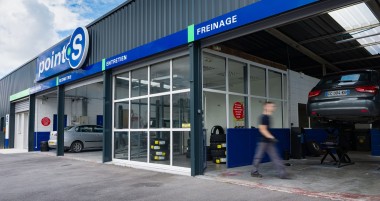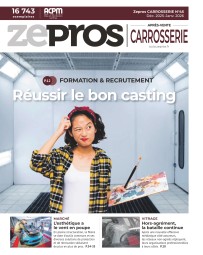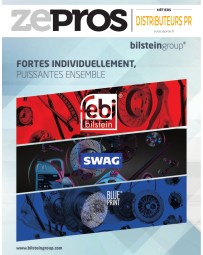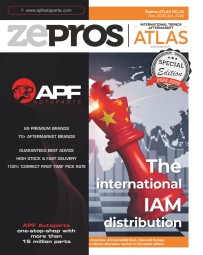
Manufacturer networks vs. independents: an outdated conflict
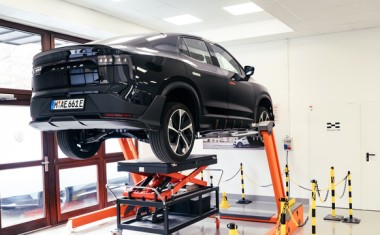
Car brands and independent garages are getting to know each other better and calling for strategic collaborations. A blurring of borders observed for years, but now in an accelerated and pragmatic mode since the arrival of these "new entrants" who are electrifying Europe.
Manufacturers are developing 100% electric ranges and are looking for partners to support their sales by guaranteeing a sufficiently dense after-sales network, without going through the development of over costly distribution networks. Multi-brand repair networks present around the world are ready to assume the role of “approved workshops”.
“Old-style” single branding is over
Among the latest signs of this pragmatic hybrid approach is Point S and its 5,700 centres in 50 countries, including 600 service points scattered around France. They have ratified an agreement with the "full electric" brand Seres, which has two car models, and DFSK with two light commercial vehicle models. The approval covers France for the moment, but Christophe Rollet, does not rule out an expansion to other countries. And why not other brands? "At a time when the development of sales of electric vehicles raises fears of reduced workshop hours in the long term, these agreements show that single branding as it exists has run its course. Our multi-brand skills send us in the direction of an evolution of the market, opening up opportunities in new cars for us” says the general manager of Point S. There is a similar deal with the AD Carrosserie network. PHE has become an after-sales and accident repair service provider for France for the Chinese brand that also has agreements with Albax/Lecoq, as well as with Feu Vert and GoMecano for maintenance. Bodywork specialists under the AD brand are welcoming the first Aiways cars while sales should grow through fleets. But according to the president of PHE “this exercise is delicate to deploy in an after-sales network when sales are only just starting. The brand must meet prerequisites in terms of stocks of spare parts, referencing, technical information, training and minimum geographical coverage to reassure customers. In all these areas, things are getting going but with difficulty” emphasizes Stéphane Antiglio.
OES/IAM nesting
These few examples underline an obvious convergence of the two worlds of OES and IAM. A conflict described as “obsolete” by Stéphane Antiglio, who prefers to speak of “continuity” because, as soon as a new car becomes a used car, it leaves the manufacturers’ network to find affordable and sustainable maintenance in local independent workshops. We often forget that the high price of a new car is justified by a lifespan of up to 20 years. Clearly, the need for additional service points will continue, embodied by independent networks transformed into complementary networks for manufacturers alongside their own! Dealers will also be fewer in number, reduced through rationalisation planned by manufacturers. “Except that the consumer will always look for a maintenance and repair point close to home” concludes Stéphane Antiglio.
